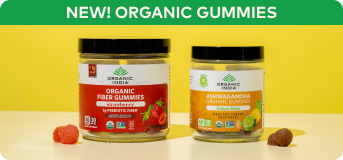

Section

Back
Fibermaxxing: The Fiber Trend Everyone’s Talking About
11/20/2025 | Written by Kate Tant
Live Vibrantly

If you’ve spent any time in the wellness world lately, especially on social media, you may have noticed a new health trend popping up: fibermaxxing.
Fibermaxxing is a fun word to say and makes a cute hashtag, but the best thing about this trend is that it’s sparking a positive, health-conscious movement. Americans typically don’t consume enough fiber—about 15 grams per day, which is about half the recommended amount. But with influencers stacking their grocery carts with fiber-rich veggies, that statistic could change for the better.
But why fiber, and why now?
In recent years, there’s been a movement to pull away from modern medicine and return to the wisdom of traditional wellness practices. People are looking for simple, natural ways to sustain health. Ayurveda encourages a diet rich in fiber from whole foods and recognizes the importance of fiber for regulating bowel movements and nourishing beneficial gut bacteria.
And that’s where fibermaxxing comes in.
What is Fibermaxxing?
Fibermaxxing is exactly what it sounds like: maximizing your fiber intake in a mindful, balanced way. Fibermaxxing is a way of eating that prioritizes fiber-rich foods while finding creative and sustainable ways to get enough fiber every single day. Keep in mind that “fibermaxxing” isn’t a scientific or clinical term, and with any social media trend, be cautious, as misinformation may be promoted.
Unlike fad diets that rely on restriction or quick fixes, fibermaxxing focuses on nourishment. It’s a return to the foods that have always been staples of traditional, plant-forward diets: fruits, vegetables, legumes, seeds, and grains.
Through fibermaxxing, some also turn to gentle supplements like psyllium husk, a natural source of soluble fiber that’s been used for centuries in Ayurvedic wellness traditions to support digestion and cleansing.
Think of fibermaxxing as a small but meaningful shift toward balance, helping your body to work the way it’s meant to.
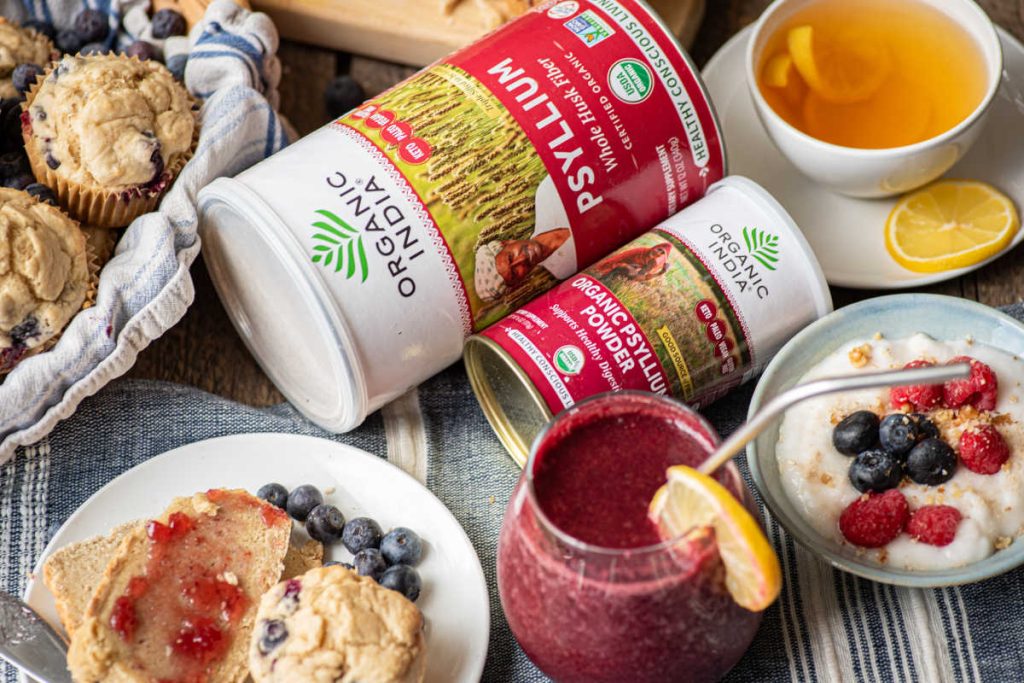
Why Fiber Matters
Usually, when you think of getting enough fiber, you think of “regularity.” And that’s certainly true. In Ayurveda, good digestion (agni) is considered the foundation of all health. When digestion is strong and balanced, every system in the body benefits. When it’s sluggish or out of sync, everything else feels off, too.
Fiber helps keep that inner fire strong. Here’s how:
Supports Regularity and Gut Health
Fiber adds gentle bulk to your stool, keeping things moving through your digestive system with ease. It also feeds the beneficial bacteria in your gut, which influences everything from mood to immunity.
Promotes Blood Sugar Balance
Soluble fiber slows digestion and helps your body absorb glucose more gradually, preventing sudden energy spikes and crashes.
Encourages Satiety and Weight Balance
Fiber-rich meals help you feel fuller longer, which naturally supports portion control and reduces cravings.
Supports Heart Health
Certain fibers bind to cholesterol in the gut and help the body eliminate it, supporting healthy cholesterol levels and overall cardiovascular well-being.
Aids Detoxification and Hormonal Balance
Fiber supports the body’s natural cleansing processes, moving waste and excess hormones out of the body so new vitality can flow in. In Ayurvedic terms, it helps prevent ama, or toxic buildup.
Simply put: fiber helps your body function the way nature intended.
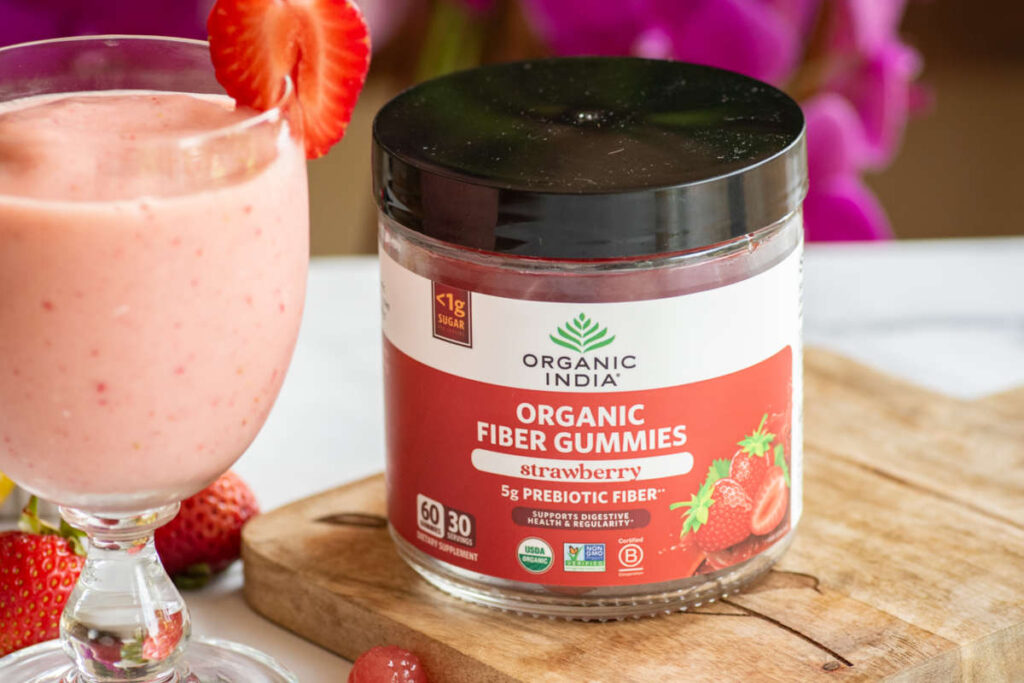
How Much Fiber Do We Need?
Fiber recommendations vary by age, but it’s typically recommended for adults to get around 22-34 grams of fiber per day. In Ayurveda, this translates to a diet that is rich in prana (life force)—fresh, plant-based foods that keep your energy light and steady.
Most people, however, get only about 15 grams of fiber per day.
That’s where fibermaxxing can make a big difference. Making small, mindful swaps to prioritize fiber-rich foods throughout your day can add up to a big change in how you feel.
What Happens When You Get Enough Fiber?
Once you start eating more fiber, you’ll likely notice a few welcome changes:
- More comfortable digestion and regular elimination
- Feeling satisfied longer after meals
- Fewer energy dips throughout the day
- A lighter, more balanced feeling in your body
- A general sense of “everything working better
These changes are subtle but powerful. In Ayurveda, balance is never about extremes. It’s about gentle adjustments that bring harmony back to your system. The key is to make small, mindful changes, rather than extreme alterations.

The Fibermaxxing Diet
You don’t need a complicated diet or extra kitchen implements to fibermaxx. Just a bit of awareness and a willingness to bring more plants to your plate. This is one diet where restriction is thrown out the window. Instead, think in terms of abundance.
Here’s a simple way to build your meals so that you can include fiber throughout the day:
- Fill half your plate with vegetables: cooked and raw, colorful and varied.
- Include a source of plant protein, like lentils, chickpeas, or tofu.
- Choose whole grains instead of refined ones: brown rice, quinoa, millet, or barley.
- Add seeds and nuts for texture and fiber: chia, flax, sunflower, and almonds.
- Enjoy fruit as a dessert or an energizing snack.
And if you’d like to take it a step further, you can easily incorporate ORGANIC INDIA’S Psyllium Whole Husk Fiber or Psyllium Powder into your daily routine. Directly sourced from Certified Organic farms and grown with regenerative agriculture, psyllium blends beautifully into smoothies, oats, soups, and baked goods.
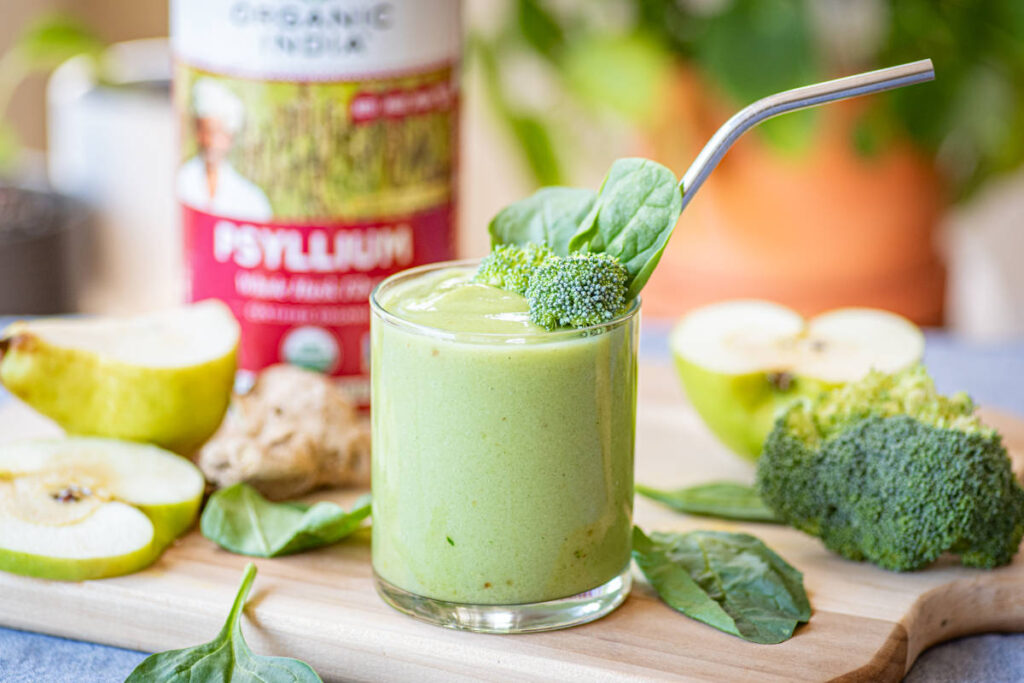
Fibermaxxing Recipes to Try
Each recipe offers a fun, flavorful way to increase your fiber naturally—no deprivation required.
- High Fiber Smoothie with Psyllium & Greens | Organic India
- Chai Spice Cookies Recipe with Psyllium and Tahini | Organic India
- Easy Psyllium Pancakes and Waffles | Organic India
- Cauliflower Psyllium Pizza Crust | Organic India
- Easy Vegan, Gluten-Free Bread with Psyllium | Organic India
- Sweet Potato Pie with Cinnamon Psyllium | Organic India
- PB&J Overnight Oats with Psyllium and Probiotics | Organic India
Fibermaxxing With Supplements
Even with the best intentions, it’s not always easy to meet your fiber goals through food alone. That’s when supplements can help, especially if you choose high-quality, natural options.
At ORGANIC INDIA, we offer a range of fiber products that fit seamlessly into your everyday wellness routine:
- Psyllium Whole Husk Fiber – a pure, traditional fiber that can be stirred into water or smoothies.
- Organic Psyllium Powder – great for baking or blending into recipes.
- Psyllium Pre & Probiotic Fiber Original (also comes in Cinnamon Spice or Orange) – mix into smoothies or bake into breads for added fiber.
- Organic Psyllium Fiber capsules – convenient for busy days or travel.
- Organic Fiber Gummies (non-psyllium) – a flavorful, easy way to support digestive wellness for the whole family
Ayurveda reminds us that supplements should always complement a nourishing diet, not replace it. Think of them as gentle helpers; tools to support balance when life gets hectic.
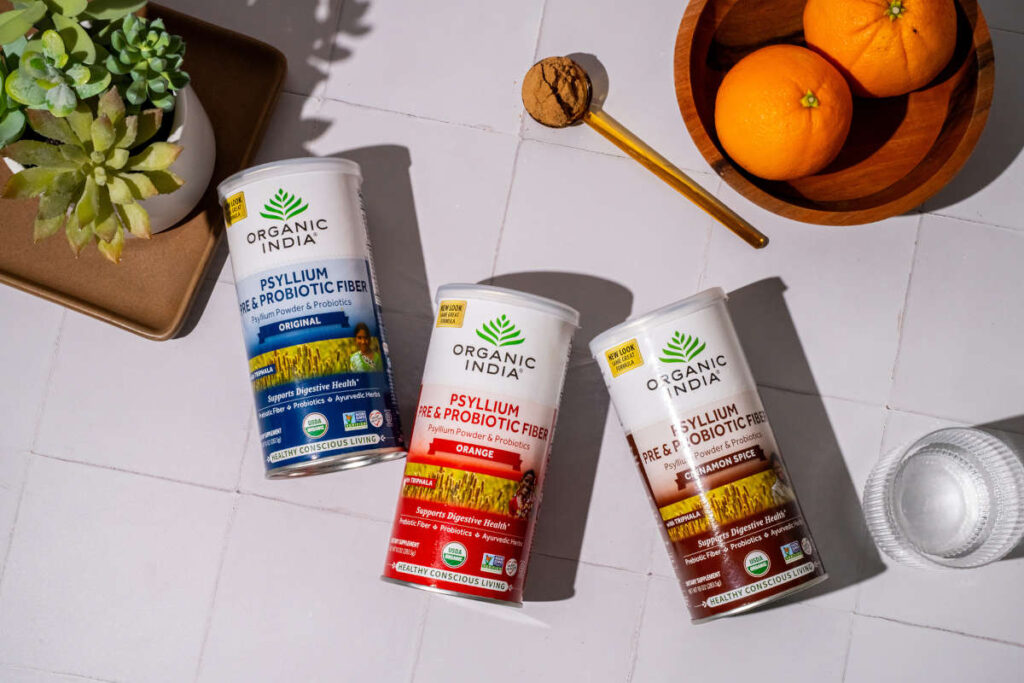
Fibermaxx Everything with Psyllium
Psyllium is truly one of the most versatile fibers around. Because it’s mostly soluble, it forms a soothing gel when mixed with water, supporting digestion, regularity, and gut comfort.
But you don’t have to stop at water. You can “fibermaxx” nearly any meal with a spoonful of psyllium. Try adding it to:
- Oatmeal or overnight oats
- Smoothies and juices
- Soups and stews
- Homemade breads or muffins
- Coatings for roasted vegetables
- Breading for eggplant
- Vegan bean ball (meatless meatball)
To learn how to mix psyllium, check out this guide: Psyllium Husk in Water: How To Guide | Organic India.
And to find out which form of psyllium is right for you, check out our guide: Psyllium Whole Husk vs Powder: A Complete Guide to Psyllium | Organic India
Fibermaxxing FAQs
Is fibermaxxing good for you?
Absolutely!—when done mindfully. Getting enough fiber supports digestion, heart health, blood sugar balance, and satiety. Just remember to increase fiber gradually and drink plenty of water.
What foods are high in fiber?
Fruits (especially berries, apples, and pears), vegetables, beans, lentils, nuts, seeds, and whole grains like oats or quinoa are all rich sources of fiber.
How much fiber is too much?
In general, it is recommended that adults get 22-34 grams of fiber per day, but more isn’t always better. If you add too much too fast, you might feel bloated or gassy. Start slow, listen to your body, and hydrate well.
Who should be cautious?
People with certain digestive conditions may need to adjust their fiber intake. It’s always good to talk with your healthcare provider if you have ongoing gastrointestinal or gut health concerns.
Does fiber flatten your stomach?
Fiber isn’t a magic fix, but it can help reduce bloating and support a flatter, more comfortable belly by keeping digestion regular and balanced.
Is psyllium safe for daily use?
Yes! When taken with enough water, psyllium is safe for daily use and can be a wonderful part of your wellness routine. Ayurveda has long valued it for its cleansing, cooling nature.
What’s the best time of day to take fiber?
Whenever it fits your lifestyle. Some people like starting the day with fiber to set the tone, while others add it to evening meals. The key is consistency and hydration.
Will You Join the Feel-Good Fiber Trend?
Even though fibermaxxing has become something of a trend, those who practice conscious wellness already know the timeless benefits of prioritizing fiber in their daily diets. Instead of a fad, true wellness starts by simply choosing more plants, more color, and more natural fiber so you can bring your system into greater balance. You’ll feel lighter, clearer, and more grounded—all without chasing the next big diet craze.
At ORGANIC INDIA, we celebrate wellness grounded in nature and supported by tradition. Whether you’re stirring psyllium into your morning smoothie or adding an extra vegetable to your plate, every small act of nourishment counts.
So, we applaud fibermaxxing, not for the fad, but for the return to what we already know: the simple joy of feeling well.
See our fibermaxxing feature in Eat This, Not That: Why Women Over 50 Are ‘Fibermaxxing’ for Belly Fat



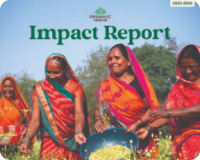
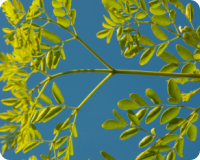

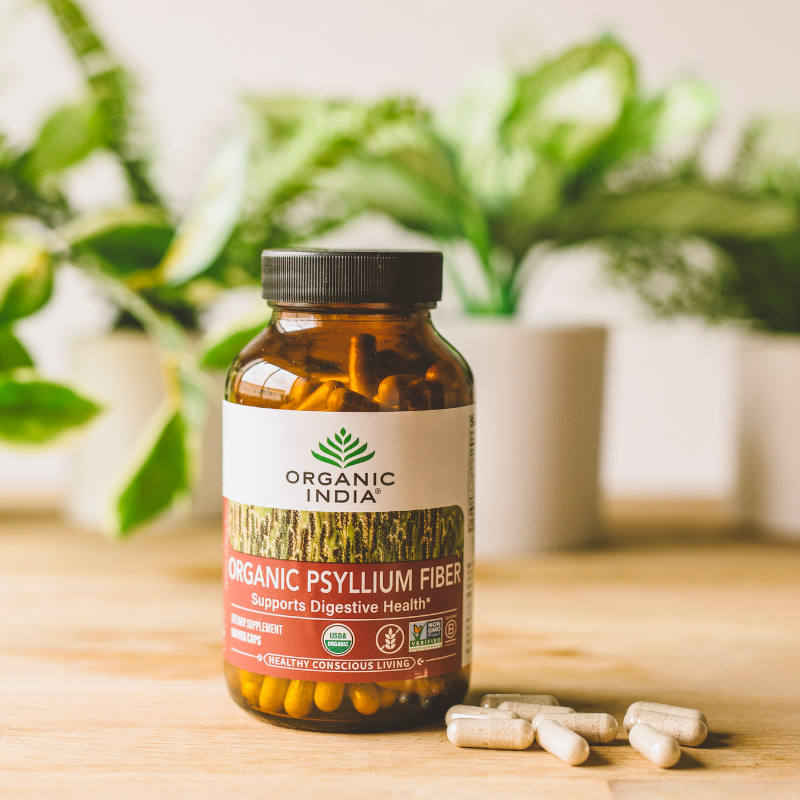
 Kate Tant is a professional health and wellness writer with a strong passion for holistic wellness. Her writing covers topics from Ayurvedic herbs and practices to nontoxic living and intermittent fasting. She is dedicated to helping and encouraging individuals seeking natural solutions to their health. Learn more about Kate at
Kate Tant is a professional health and wellness writer with a strong passion for holistic wellness. Her writing covers topics from Ayurvedic herbs and practices to nontoxic living and intermittent fasting. She is dedicated to helping and encouraging individuals seeking natural solutions to their health. Learn more about Kate at